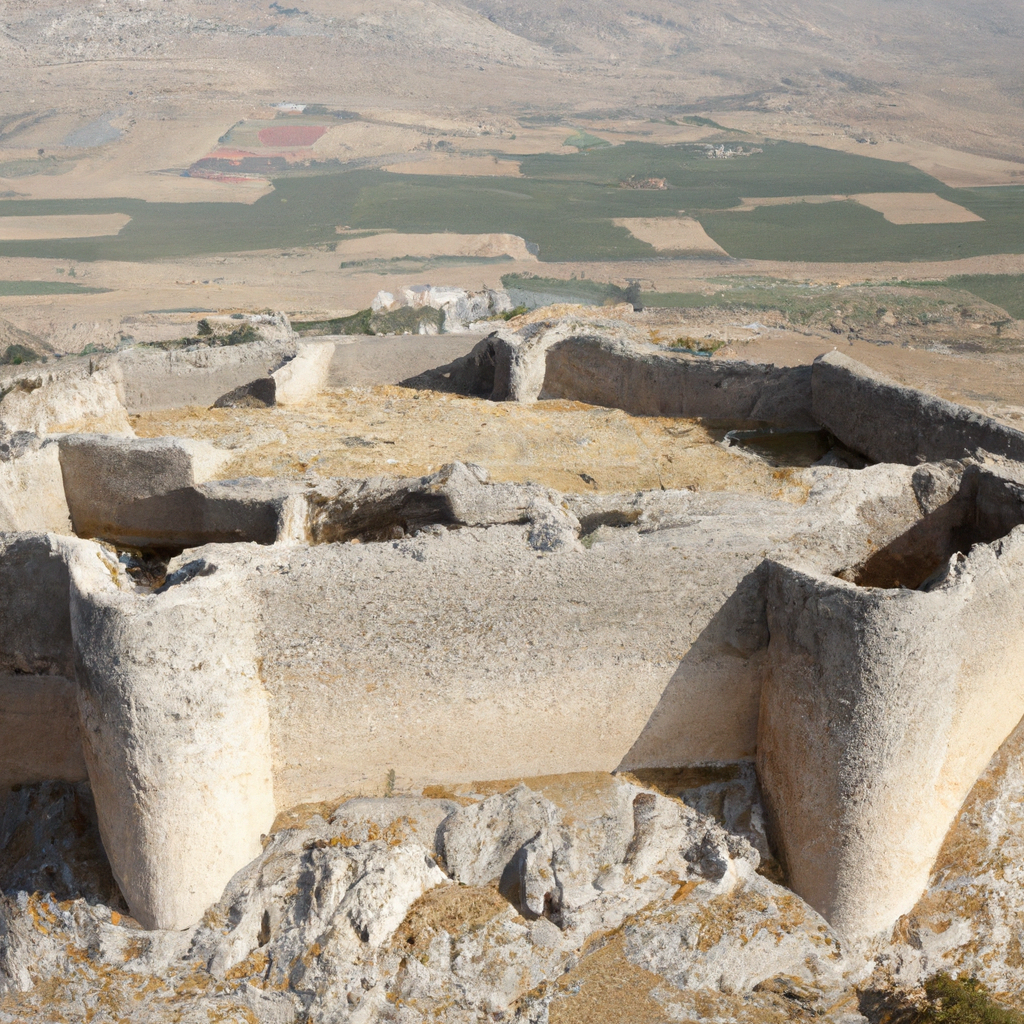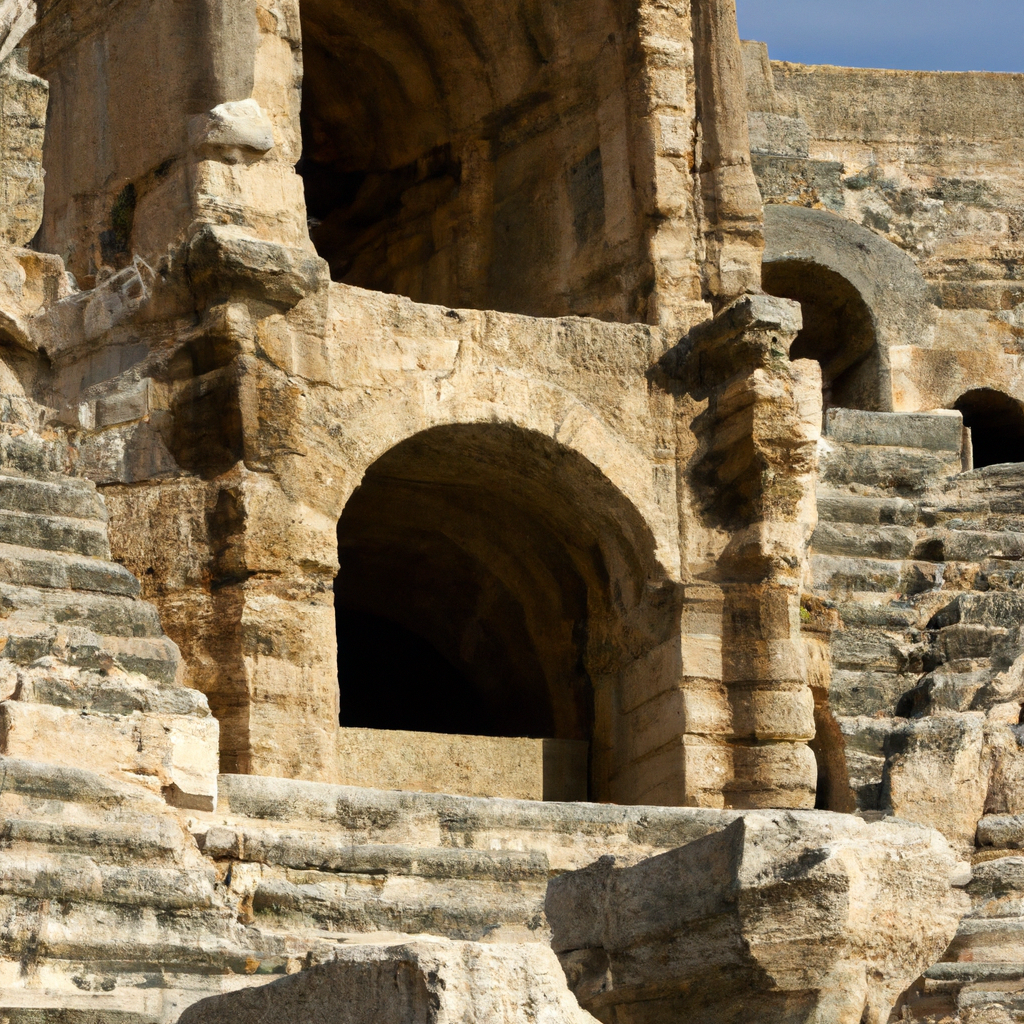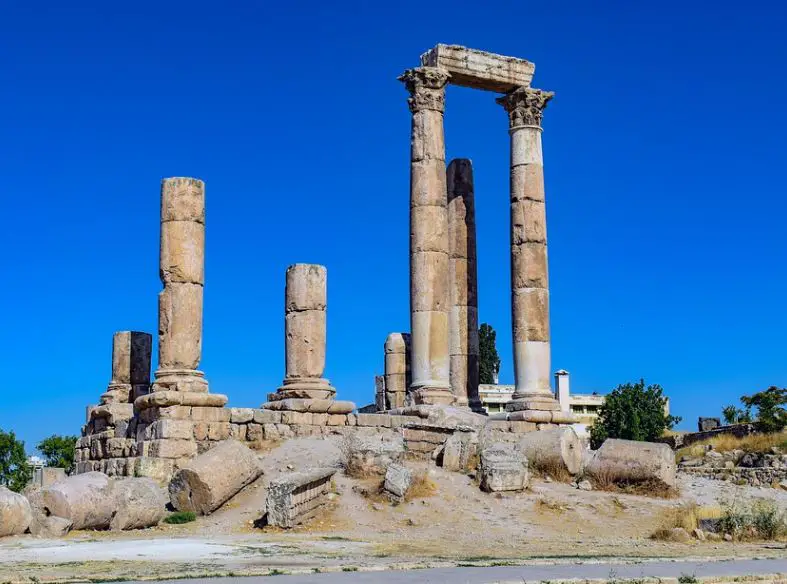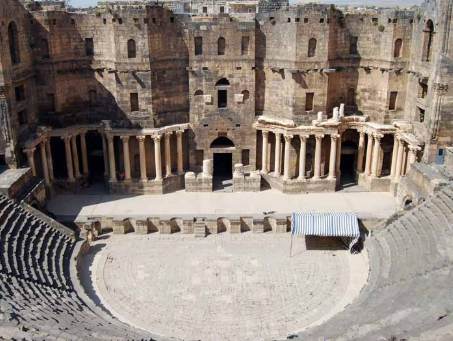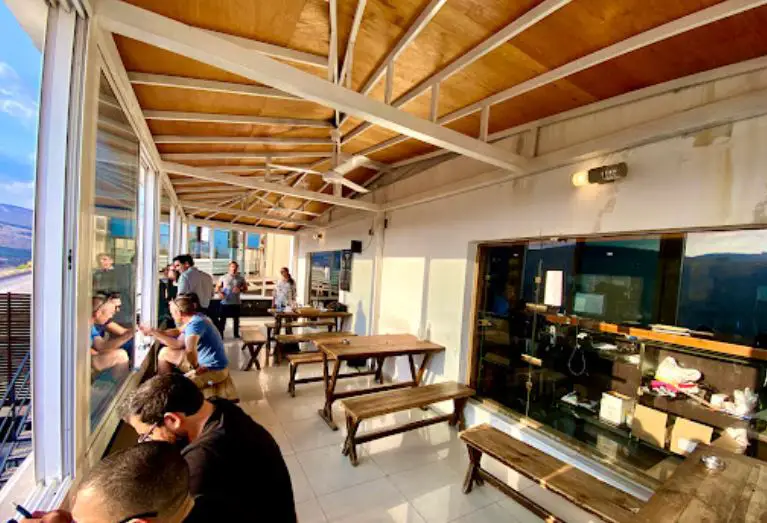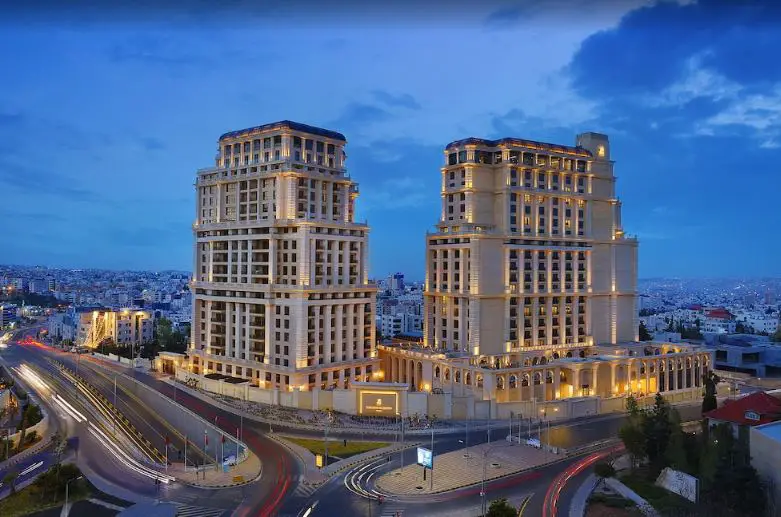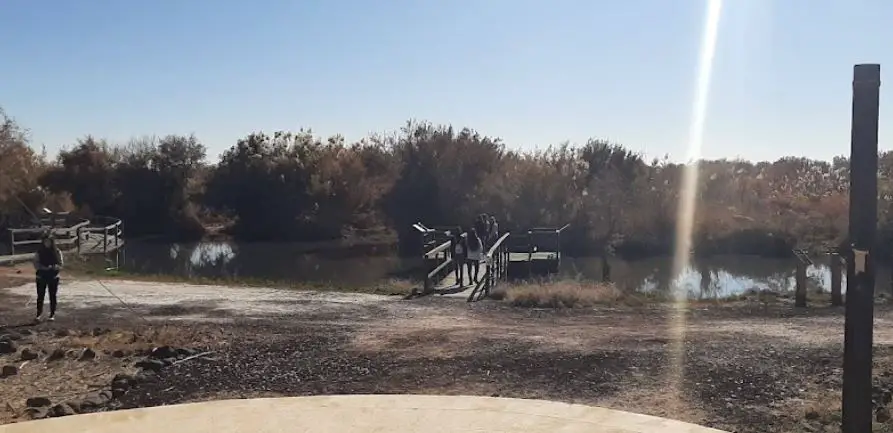Umm Qais (Gadara) - Ancient Greco-Roman city In Jordan: Overview,Prominent Features,History,Interesting facts
Overview:
: Umm Qais is an ancient Greco-Roman city located in northern Jordan. It was formerly known as Gadara and stands 15 km south of the Sea of Galilee. Studies suggest it dates back to the 3rd century BC and was an important regional center. It was part of the Decapolis, a group of ten cities in the Greek-speaking world in eastern Jordan. Umm Qais offers impressive views, including the Golan Heights in Israel, the Yarmouk River in Syria and Turkey in the distance. The city is situated on a hill and has a rich archaeological site, with remains from Byzantine, Roman and Hellenistic periods. Umm Qais is a popular tourist destination in Jordan and a great place to explore the rich history, culture, and architecture of the country. You can learn history, culture, and heritage through these magnificent monuments in Jordan
Prominent Features:
Umm Qais, also known as Greco-Roman Gadara, is a historical city in northern Jordan located along the Yarmouk river. Dating back to at least the 4th century BCE, it was part of the Decapolis, a loose coalition of ten Greco-Roman cities that served administrative and religious roles in the region. The city is filled with archaeological and architectural remains of its Greco-Roman past, including the partially standing remains of a theater, bath, churches, and temples. Other prominent landmarks include an ancient citadel, a Byzantine basilica, and a early Muslim mosque. Umm Qais also serves as one of the important tourist attractions in Jordan and houses a few restaurants and cafes that overlook the stunning views of Jordan's Golan Heights and the Sea of Galilee. It is also a popular locale for a range of hiking and cycling opportunities. This national monument of Jordan portrays the history and culture of the country.
History:
Umm Qais is located in modern day northwest Jordan and is an ancient Greco-Roman city with mythological, historical and archaeological value. It sits atop an elevated plateau overlooking the Yarmouk River and the Golan Heights, and is believed to be the site of the ancient town of Gadara. Gadara was settled as early as the Early Bronze Age (3,000-2,000 BC). Its strategic location at an intersection of major trade routes has led to its continual settlement by a variety of cultures, ranging from the Canaanites and Israelites, to the Greeks, Romans and Nabateans. The Ancient Greek city of Gadara was built by the Seleucid King Antiochus IV in the 2nd century BC. By the time of Jesus, Gadara was a major center of Hellenistic culture and commerce. It was renowned for its poets and scholars, and was the birthplace of the philosopher Menippus, the satirist Theodorus, and the poet Meleager. In 63 BCE Gadara joined the Roman Empire by becoming an ally of Pompey. Throughout the Roman Era, Gadara was an important city in the Provincia Arabica. In the 1st century CE, the city had an estimated population of around 12,000 and was famous for its wealthy and powerful families. In 106CE Gadara became part of the newly founded Arab Provincia in the Roman Empire governed by Trajan. Gadara was conquered by the Arab Muslims in the 7th century CE, and the nearby plantation of Umm Qais was built around 1000 CE. The city continued to be inhabited by Arabs until its decline in the late 12th century. Today, Umm Qais serves as a major tourist site with ancient ruins of Greco-Roman temples, theaters and other structures. It is also the site of archaeological research projects and local festivals. You must visit one of these historical places in Jordan on your Jordan tour
Interesting facts:
1. Umm Qais was an ancient Greco-Roman city located in northern Jordan, around 3 km north of the modern town of Umm Qais. 2. The city was known as Gadara in antiquity, after the biblical Gadarites. 3. In the Hellenistic period, Umm Qais was a prosperous and well-respected center of learning, with Greek and Roman influences. 4. It was the birthplace of the famous philosopher-dramatist Menander of 37-54 CE. 5. From 440 CE, it became the capital of the Roman-Byzantine Decapolis, a loose federation of 10 cities allied to Rome. 6. The ruins of Umm Qais date back to at least the Bronze Age, and its walls still stand tall today. 7. In 749 CE, Umm Qais was destroyed by an earthquake, and it was abandoned in the 13th century. 8. Umm Qais has some of the best-preserved Roman ruins in the region, including a large theatre, a Nymphaeum (a public fountain) and the walls of a Greco-Roman Temple. 9. The ruins overlook Lake Tiberius and the Golan Heights, with amazing views down to the Sea of Galilee. 10. Umm Qais is a popular tourist destination, known for its stunning natural scenery and archaeological ruins. Visit one of the famous monuments of Jordan with your friends and family.
Explore Jordan most popular tourist destination with us. Umm Qais (Gadara) - Ancient Greco-Roman city In Jordan: Overview,Prominent Features,History,Interesting facts,which is 35.14 km away from Jordan main town, is the most popular destination to add in your travel wishlist.
-
City:
Jordan
-
state:
Jordan
-
country:
Jordan
-
country code:
JO
-
postcode:
12344
Location:
Jordan Jordan
 - Ancient Greco-Roman city In Jordan.png)

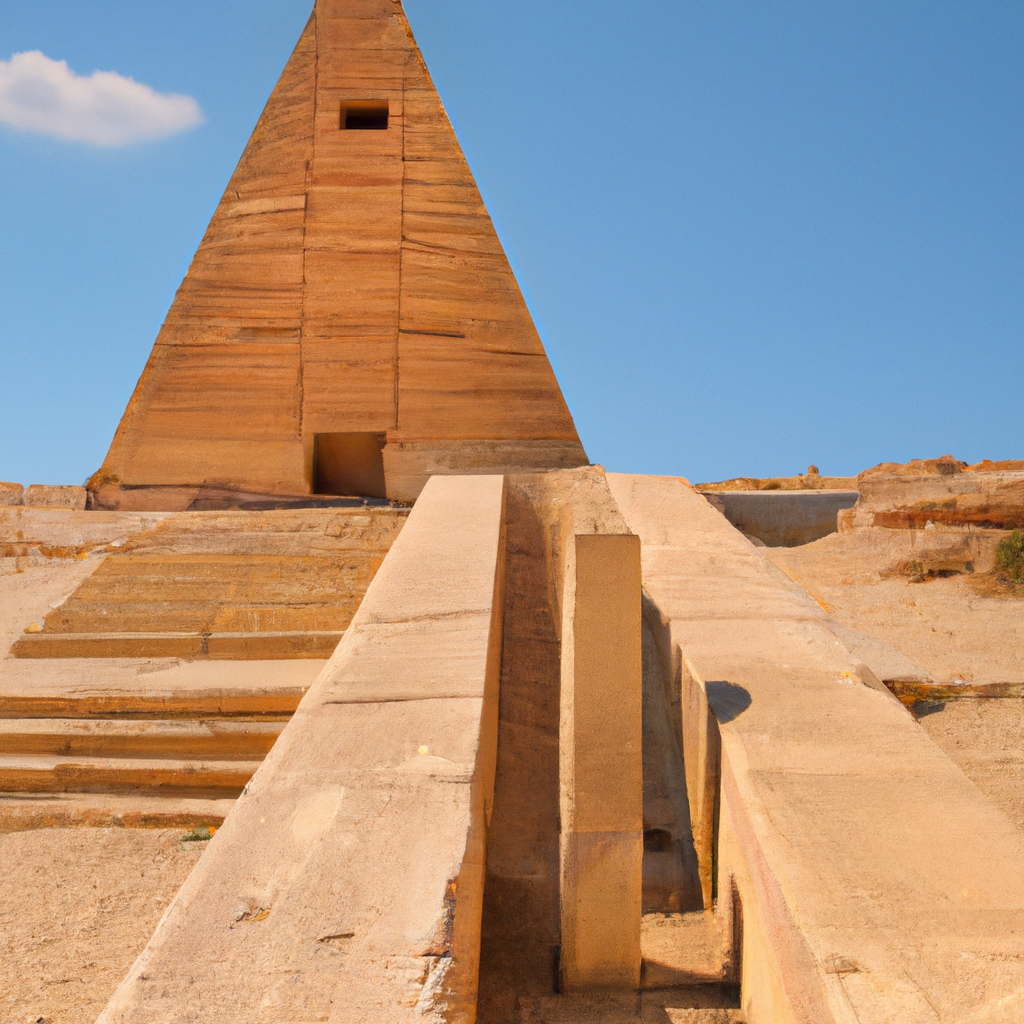
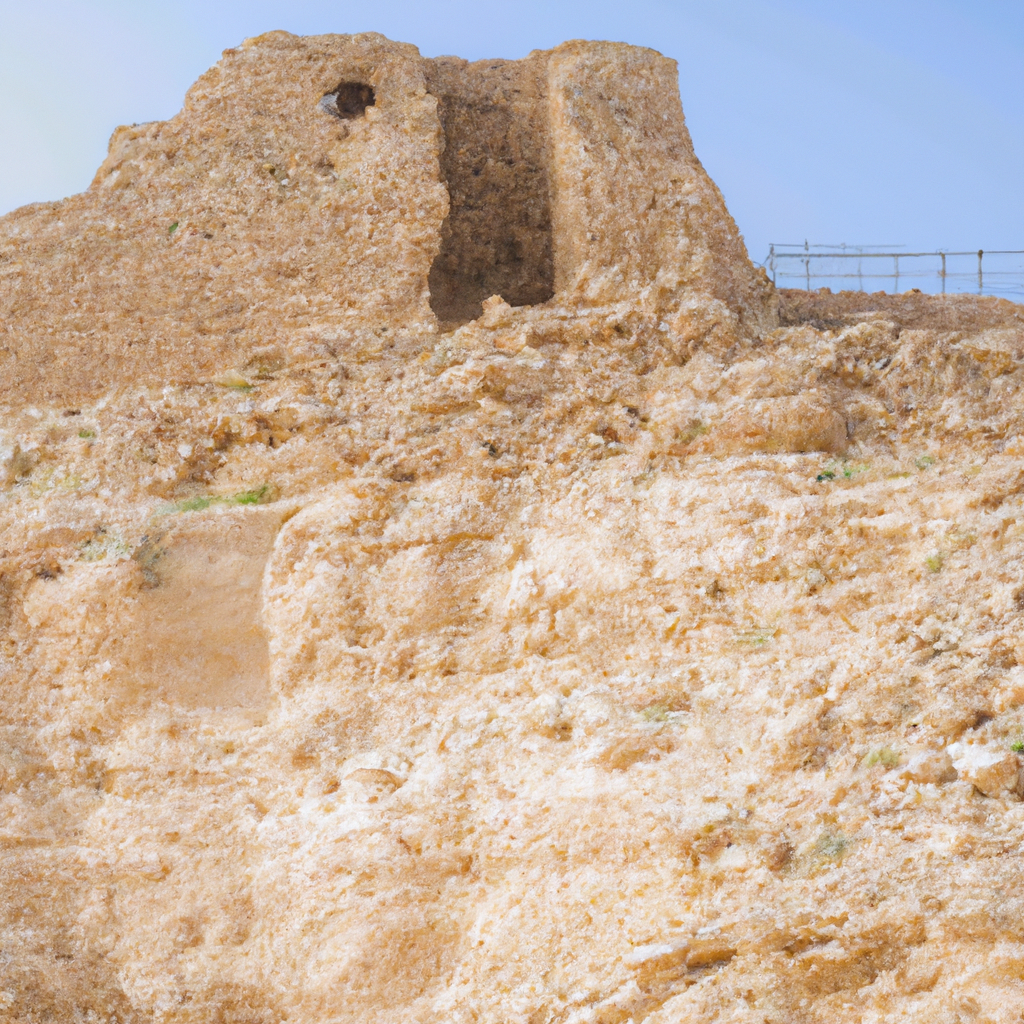
 In Jordan.png)
